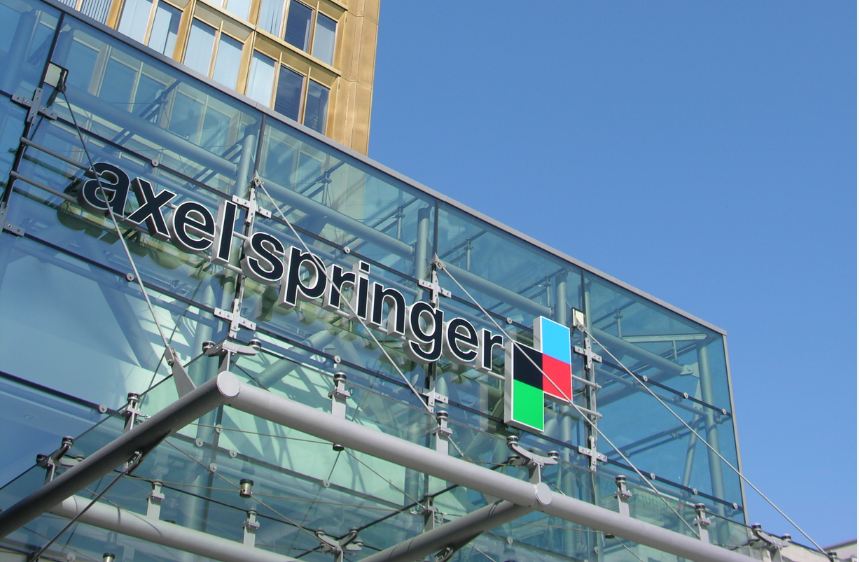Carsten Schwecke, digital chief of Axel Springer’s Media Impact unit, on lifting the publisher’s technology proposition to the next level.
After trying and failing to meet in the cavernous halls of Cologne’s Dmexco, M&M Global finally caught up with Carsten Schwecke, chief digital officer at Axel Springer Media Impact, to find out how the German publisher is innovating in the ad tech space.
M&M Global: How are brands and advertisers in Germany responding to the development of programmatic?
Schwecke: “According to the German digital industry association (BVDW) one-third of the digital ad inventory already is traded programmatically, and 45% growth is estimated for this year. We are not surprised by these figures at all and are convinced that programmatic advertising will be the ad buying and selling solution, especially when it comes to standards such as UAP and RON campaigns.
“The majority of our market partners, both agencies and advertisers, are already buying our inventory programmatically, most of them additionally to the classic IO-Business, and a smaller but growing number of them even pursue a programmatic-only approach.”
How is Axel Springer developing its own offering in this space?
“We have developed our programmatic setup from a remnant inventory-only and open auction-approach, to a setup where we can offer the exact same inventory that we offer in our IO-business, but programmatically.
“In doing so, we are focusing on private marketplaces (Private Auctions, Preferred Deals and Programmatic Guaranteed) and are seeing a shift from open auction buys into PMPs. This development is good for publishers as well as for the buy-side: buyers get access to premium inventory via deal IDs, and publishers are keeping control and transparency on who is buying for which price.
“For the upcoming year we have planned to install a holistic setup, which allows us to prioritise our programmatic campaigns even higher. We already see very good results in our overall programmatic yield and are keen to lift the technological set-up to the next level.”
What do you believe are the most important developments in advertising technology and programmatic? Is header bidding making a significant impact?
“Header bidding allows publishers to provide their inventory to multiple demand sources at the same time. The advanced competition is driving eCPMs and herein the overall revenue for every single impression. Apart from those advantages, header bidding can cause latencies and diminish the user experience.
“Of course, header bidding has a significant impact on the advertising landscape, but we think SSP Mediation will be the next consequent development of that and we are very keen to test this in the nearest future. The major advantage compared to classic header bidding is, that with server to server SSP Mediation, all demand partners are called directly from the ad server within a very short time.
“This allows the publisher to reduce loading time and improve the user experience, and, which for now is to be tested and proved, is also expected to improve ad visibility as well.”
How much of a threat do you believe publishers face from ad blockers, and how much success has Axel Springer had in its attempts to combat the blockers?
“In general, ad blockers are a challenge for the whole publishing industry. According to the Reuters institute, 25% of the Germans are using ad blockers on their devices, and as advertising revenues – besides sales revenues – play an important part in financing journalism, the use of ad blockers is something we have to be concerned about.
“As the biggest newspaper in Europe, Axel Springer´s BILD decided as a first-mover in Germany to give users the choice of either switching off their ad blocker or paying for a nearly ad-free subscription. We also try to disincentive the use of ad blockers by reducing intrusive ads as well as displaying user relevant, targeted ads.”
What are the most important media trends in Germany going into 2017?
“Programmatic, data-driven advertising, as well as content marketing, are definitely important trends that will develop a new way of advertising within the next years.
“Users expect us to offer relevant information and individualised messages. Timing and less intrusive ways to advertise are also important factors – especially once a user is browsing your content with a mobile device. It´s all about the micro-moment in which you are able to present an individualised and authentic added-value to your potential customer.”









